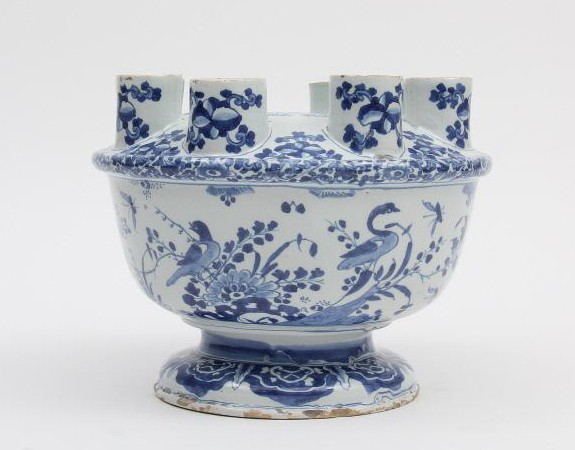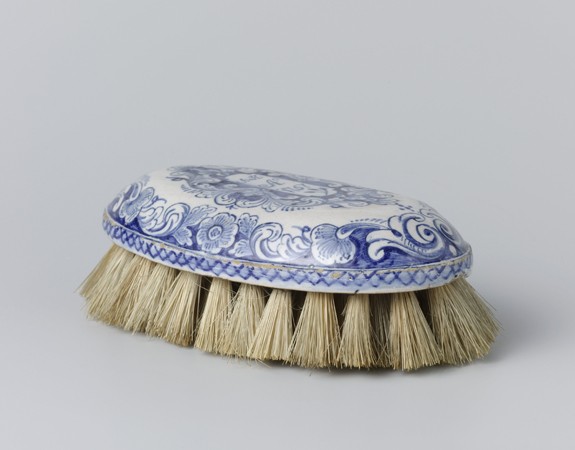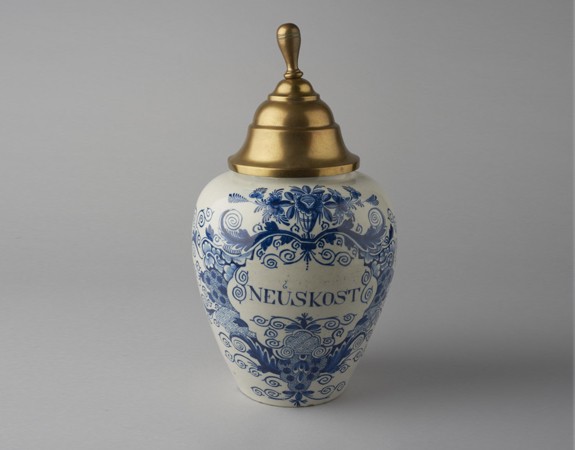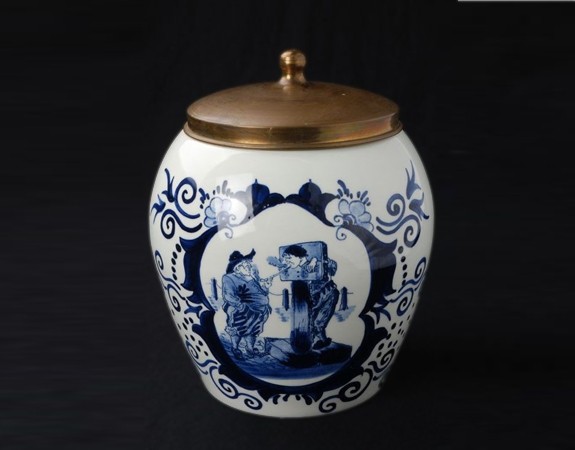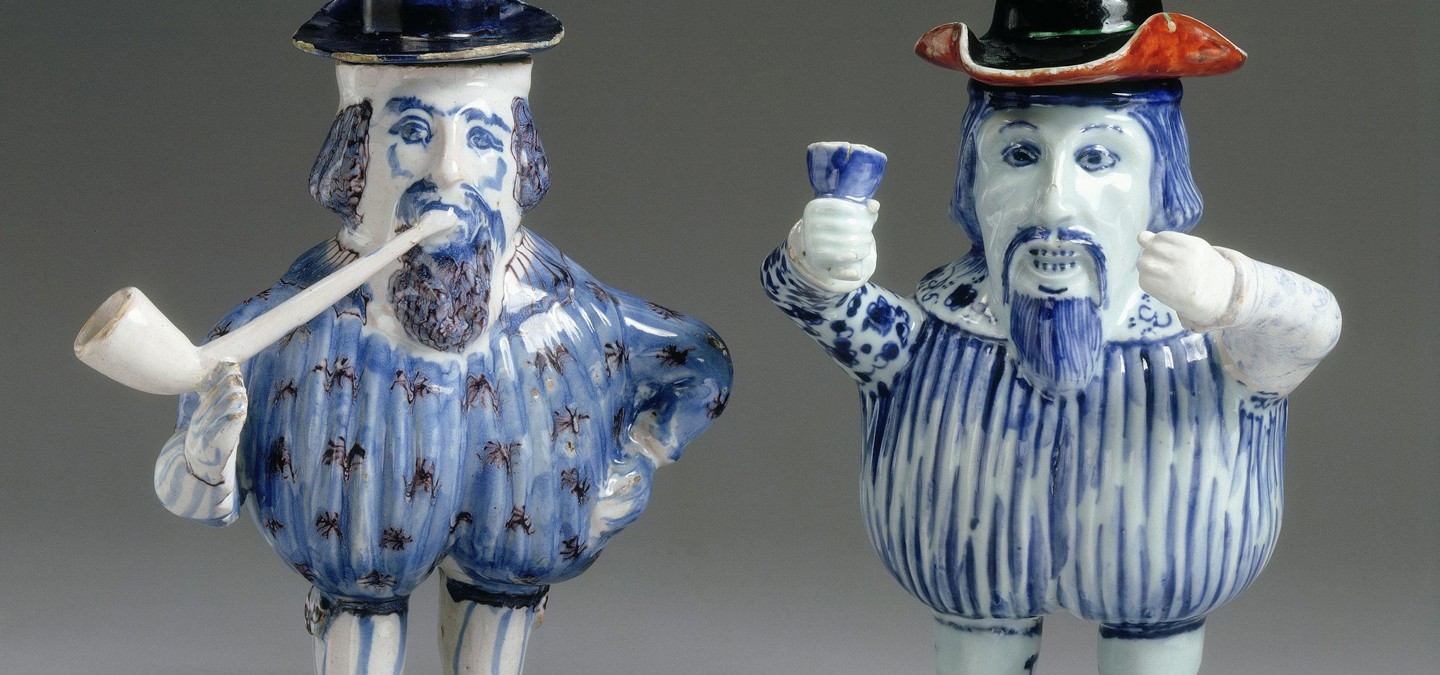
Dutch delftware is so popular that ‘Delft Blue’ has become synonymous with blue-and-white faience, whether it is made in Delft or not.
Although Delft was the market leader there were factories making faience of this type in other Dutch towns and cities. The pottery produced there often closely resembled that made in Delft in terms of its shape and decoration. Factories in Rotterdam, Makkum and Amsterdam all benefited from the success of Delftware. The faience produced by these potteries is antique, but it is not genuine Delftware.
Factories in Rotterdam, Makkum and Amsterdam benefited from the success of Delftware
Pottery was made in a Delft style outside the Netherlands, too. In England, the term delftware was even used for English tin-glazed earthenware. Written with a capital, it does however refer to the faience from Delft, though here, too, it has come to refer more to a type of pottery than to the town itself.
Forgers
The competition from products made elsewhere was the main reason why Delft potteries began applying marks to their products in the mid- to late 17th century. This meant it could be distinguished from pottery made in other towns and by other factories. The list of marks includes the most important Delft factory marks.
As Dutch delftware grew more and more popular among collectors in the 19th century, there was a financial incentive to sell more recent pottery as antique Dutch delftware. In northern France and other places, various factories produced faience in an antique Delft style, sometimes even with fake Delft factory marks. The most famous of these were the factories of Edmé Samson (Paris) and Geo Martel (Dèsvres).
French factories gave their faience a fake Delft mark
Samson pieces sometimes have an S or X beside the replica Delft mark, which in some cases was later rubbed off so the item could be sold as ‘genuine Delft’. Other pieces were given fake marks at the time they were made. Sometimes genuine antique Dutch delftware without a mark is given a fake mark to increase its value.
Source of inspiration
The popularity of Dutch delftware revived in the 20th century, and a market for new blue-and-white pottery in a Delft style emerged. Factories copied the traditional Delft decorative motifs. These are not forgeries, as they generally use their own factory mark. Their products can therefore easily be distinguished from antique Dutch delftware.
The designation ‘Delft’ in these marks does not refer to where they were produced, but to the source of inspiration for the decoration. Faience produced by the Delft factories in this period is still genuine Delftware, but is referred to as modern Dutch delftware.
Ceramics factories in Maastricht made porcelain with ‘Delft’ motifs
In the Netherlands several potteries made faience in a Delft style, alongside ‘Gouds plateel’ (earthenware with a matt glaze produced in Gouda) And ceramics factories in Maastricht and German porcelain factories made porcelain with ‘Delft’ motifs. The list of marks also includes some of the most common recent factory marks.
And so, from 1850 onwards, delftware and Delft Blue became a more general designation of type in the Netherlands, too, rather than a precise reference to genuine Dutch delftware.
